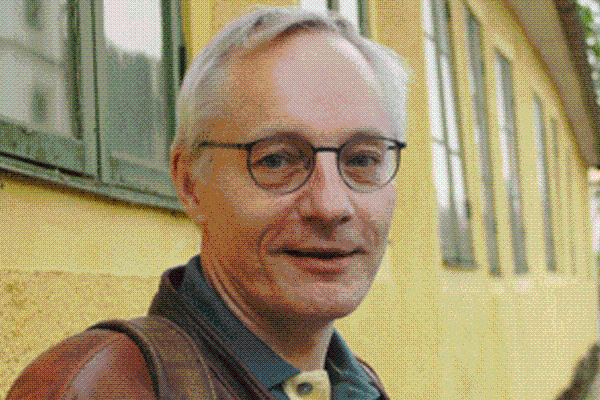
The IEEE Solid-State Circuits Society (United Kingdom and Ireland Chapter) and the SFI CONNECT Centre are delighted to present a mini-workshop on "Low- Power Radio for the Internet of Everything" by Dr Sven Mattisson, Ericsson Research, Sweden.
The mini-workshop will take place from 15:00-17:00 on Monday, 07 March 2016, in Tyndall National Institute.
Dr Sven Mattisson serves as Corporate Senior Expert in Analog System Design at Ericsson Research and as a Member of Technology Advisory Board at Zaplox AB. He is an international authority in analog, and especially, wireless system design. Sven Mattisson is probably most famous as one of the two inventors of Bluetooth. In addition to his leadership role at Ericsson, he holds an Adjunct Professor appointment in the Department of Electrical and Information Technology at Lund University. He holds a PhD in Applied Micro Electronics. He is Chair of the Wireless and Wireline Communications Track at ESSCIRC.
Sven Mattisson, Ericsson Research, Sweden
Part I: From Bluetooth…
Abstract: The Internet of Everything, or the Networked Society, will require a diverse set of communications means and in particular wireless links with high speed as well as low-rate and low-power radios. The initial development of Bluetooth also addressed the latter and an overview of the Bluetooth radio design ideas is given. Fundamental limits of radio performance parameters, e.g. power consumption and dynamic range, and how they relate to circuit design are reviewed. The presentation closes with an overview of what 5G will bring in terms of requirements and possibilities.
Part II: …to 5G
Abstract: The impending advent of 5th generation (5G) mobile communications promises near unlimited access to information and data sharing any time and everywhere. This will challenge the reliability, security as well as energy and cost efficiency, for both future devices and future radio access networks (i.e. the infrastructure). We review the evolution of radio access networks with respect to energy and cost efficiency and introduce 5G in this context.
The 5G networks will cover diverse applications such as high capacity low-latency cells with large antenna arrays as well as low-power machine-type communications with modest data rate requirements. Future system requirements are discussed in this context and potential access methods outlined. Array-antenna systems for high-speed cells pose new design challenges and several hardware-based test-bed demonstrators are in development. We provide examples from ongoing work and discuss implementation issues.
This event is free of charge and all are welcome. Space is limited.
Intending participants from outside UCC should preregister before 03 February by emailing peter.kennedy@ucc.ie with the subject "ATIME 2016/02".
